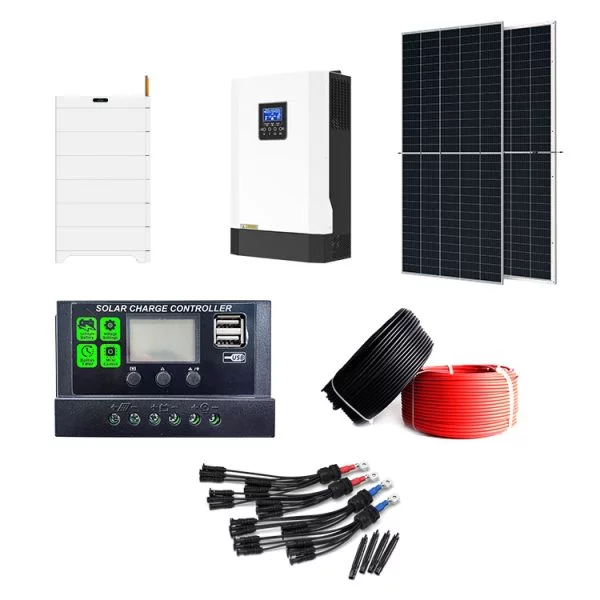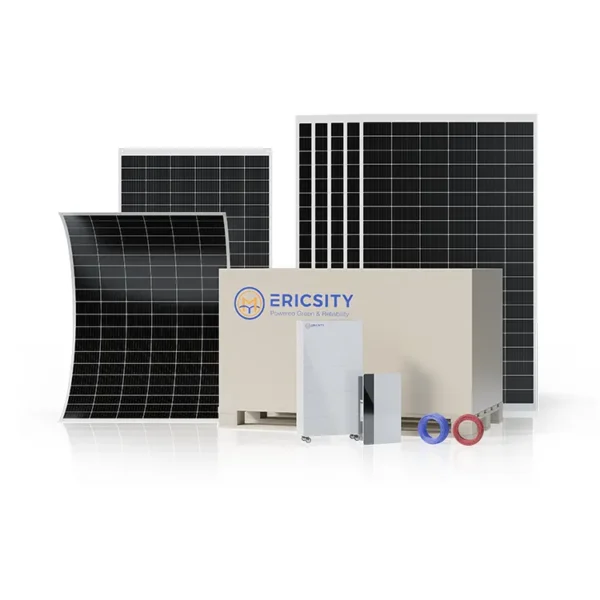HOT PRODUCT
Product Details
Unlocking Solar Power: Understanding Flexible Solar Panel Efficiency
Unlocking Solar Power: Understanding Flexible Solar Panel Efficiency
In recent years, the demand for renewable energy sources has increased dramatically, with solar power taking center stage as a viable and sustainable option. Solar panels have become a common sight on rooftops and open landscapes, harnessing the abundant energy from the sun. However, traditional solar panels are often bulky and rigid, limiting their application to fixed structures. To overcome this limitation, scientists and engineers have developed flexible solar panels, offering enhanced efficiency and versatility. In this article, we will delve into the world of flexible solar panels, exploring their efficiency and potential benefits.

Flexible solar panels, also known as thin-film solar panels, are a revolutionary advancement in solar technology. Unlike their crystalline silicon counterparts, which are composed of bulky, rigid structures, flexible solar panels are made up of thin layers of light-absorbing materials such as cadmium telluride or amorphous silicon. These materials can be deposited onto flexible materials such as plastic, allowing for the creation of lightweight, bendable solar panels.

One of the key advantages of flexible solar panels is their improved efficiency compared to traditional panels. While flexible panels currently have a lower overall efficiency, they excel in other areas that make them a promising alternative. For instance, flexible solar panels have a higher temperature coefficient, meaning they generate more electricity at higher temperatures. In addition, flexible panels have a better low-light performance, enabling them to generate electricity even in cloudy or shaded conditions. These factors make flexible panels ideal for locations with fluctuating weather patterns or limited sunlight.
Another advantage of flexible solar panels is their versatility and ease of installation. The lightweight and flexible nature of these panels enables them to be mounted on various surfaces, including curved and irregular ones. This opens up a world of possibilities for solar power integration in previously untapped areas. For example, flexible panels can be integrated into building materials such as roofing tiles or windows, transforming them into energy-generating surfaces. This seamless integration not only enhances the aesthetic appeal of structures but also increases the overall solar generation capacity.
The flexibility of these panels also makes them suitable for portable solar power solutions. Unlike traditional solar panels, which are heavy and rigid, flexible panels can be easily rolled up or folded, allowing for easy transportation and deployment. This feature is particularly useful in applications such as camping, outdoor events, or even disaster relief efforts where access to power is limited.
Although flexible solar panels offer numerous advantages, there are some limitations that need to be addressed. The current lower efficiency compared to traditional panels is one area for improvement. Researchers are actively working on developing new materials and optimizing the manufacturing processes to increase efficiency. Additionally, the durability and lifespan of flexible panels are also areas of focus for further development. Ensuring that these panels can withstand challenging weather conditions and maintain performance over an extended period will be crucial for their widespread adoption.
In conclusion, flexible solar panels represent a significant advancement in solar technology, offering improved efficiency and versatility compared to traditional panels. Their ability to generate electricity at higher temperatures and perform well in low-light conditions makes them a suitable choice for various applications. The flexibility and ease of installation of these panels open up new opportunities for solar power integration in different industries. As researchers continue to enhance the efficiency and durability of flexible panels, we can look forward to a future where solar power becomes even more accessible and widespread, driving us closer to a sustainable and greener world.




